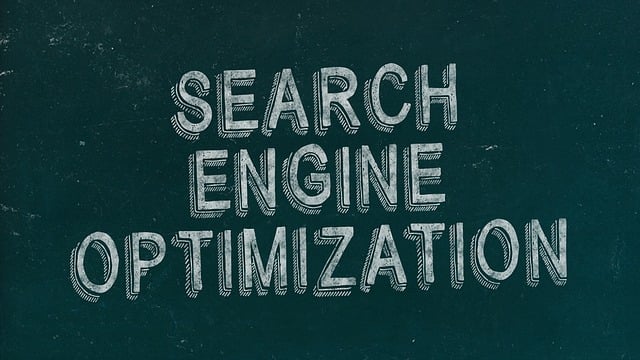AI systems are revolutionizing vehicle repair services by significantly enhancing efficiency in repair shops' operations, leveraging machine learning algorithms to track and analyze key performance metrics like job completion times, part inventory management, and customer satisfaction ratings. These insights enable mechanics to optimize workflows, enhance inventory management, and improve service quality. Implementing AI solutions can dramatically reduce costs, minimize unexpected downtime, and ensure competitive repair services through targeted applications such as accurate diagnostics, optimized inventory, and improved scheduling.
In today’s digital era, AI consulting is transforming traditional vehicle repair services. This article explores how AI systems can revolutionize repair shop management by streamlining operations and enhancing efficiency. We delve into the power of AI systems for tracking repair shop performance, enabling businesses to measure success and identify areas for improvement. By following a comprehensive step-by-step guide, shops can successfully integrate AI solutions for optimal performance.
- Understanding AI's Role in Repair Shop Management: How AI Systems Can Streamline Operations and Enhance Efficiency
- Tracking Performance Metrics with AI: Measuring Success and Identifying Areas for Improvement in Vehicle Repair Services
- Implementing AI Solutions: A Step-by-Step Guide to Integrating AI Systems for Better Repair Shop Performance
Understanding AI's Role in Repair Shop Management: How AI Systems Can Streamline Operations and Enhance Efficiency

In today’s digital era, AI systems are transforming the landscape of vehicle repair services by revolutionizing how repair shops manage their operations. These intelligent tools play a pivotal role in enhancing efficiency and streamlining processes that were once manual and time-consuming. By leveraging machine learning algorithms, AI systems can analyze vast amounts of data to provide insightful metrics on repair shop performance, allowing managers to make data-driven decisions.
One of the key benefits is automated tracking and reporting, where AI efficiently monitors various aspects of the repair process—from inventory management to job completion rates. This enables shop owners to quickly identify bottlenecks, optimize workforce allocation, and reduce overall operational costs. Moreover, AI systems can predict maintenance needs based on vehicle history and usage patterns, facilitating proactive service scheduling and minimizing unexpected downtime for customers.
Tracking Performance Metrics with AI: Measuring Success and Identifying Areas for Improvement in Vehicle Repair Services

In today’s digital era, AI systems have emerged as powerful tools to transform vehicle repair services. One of their key roles is to track and analyze performance metrics, offering a comprehensive view of shop operations. By leveraging machine learning algorithms, AI can examine various data points such as job completion times, part inventory management, and customer satisfaction ratings. This enables repair shops to gain valuable insights into their efficiency and identify areas for improvement.
For instance, AI can pinpoint bottlenecks in the repair process, helping mechanics optimize their workflows. It can also predict part shortages or excesses, enhancing inventory management. Moreover, by analyzing customer feedback, AI systems uncover trends and common issues, allowing shops to enhance service quality and address client concerns promptly. This data-driven approach ensures vehicle repair services stay competitive and meet evolving market demands.
Implementing AI Solutions: A Step-by-Step Guide to Integrating AI Systems for Better Repair Shop Performance

Implementing AI Solutions: A Step-by-Step Guide to Integrating AI Systems for Better Repair Shop Performance
The first step in adopting AI systems for tracking repair shop performance is to identify specific areas where AI can make a significant impact. This could include tasks like diagnosing vehicle issues more accurately and efficiently, streamlining inventory management, or optimizing scheduling to reduce wait times. Once these areas are pinpointed, select appropriate AI tools tailored to address these needs. For instance, natural language processing (NLP) models can enhance communication with customers and streamline documentation processes.
Next, integrate these AI solutions into existing workflows seamlessly. This involves training staff on the new systems and ensuring smooth data flow between old and new processes. Regularly monitor performance metrics post-implementation to gauge the effectiveness of the AI tools. Continuously refine and improve these systems based on feedback from both employees and customers, creating a dynamic and evolving environment that leverages the latest in AI technology for optimal repair shop performance.
AI consulting is revolutionizing vehicle repair services by offering efficient solutions through AI systems. By understanding its role, implementing streamlined operations, and tracking key performance metrics, repair shops can enhance their productivity and customer satisfaction. The step-by-step guide provided offers a roadmap for integration, enabling businesses to stay competitive in today’s digital era. Embracing AI systems for tracking repair shop performance is not just an enhancement but a strategic necessity.
